
Growing Peppers: Essential Tips for Every Gardener
Published: 28/04/2025 | Updated: 28/04/2025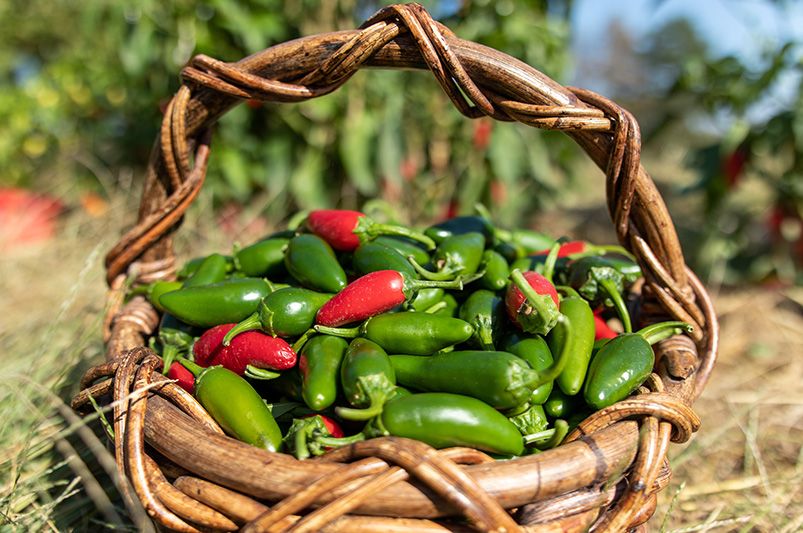
Key Highlights
-
Bell peppers thrive in full-sun conditions and well-draining soil.


-
Various pepper varieties suit different tastes, from sweet to hot.
-
Proper watering and consistent care help prevent common issues like blossom-end rot.
-
Starting peppers indoors using heat mats can extend the growing season.
-
Companion planting with herbs and flowers promotes growth and deters pests.
-
Raised beds and organic matter can help pepper plants bloom and fruit effectively.
Introduction
Growing peppers is a fun and rewarding hobby for many people. It combines the joy of growing fresh food with the benefits of having a vegetable garden. Pepper plants are known for their different flavors and bright colors. They grow best when you provide the right conditions during the growing season. Whether you plant green peppers, hot peppers, or sweet peppers, using the right methods and timings will help you have a great harvest. Peppers can really improve any garden space they are in, from seed to table.
Understanding Pepper Varieties
Peppers have many types, each with different tastes and needs for growing. Knowing what makes each kind special helps gardeners decide what will grow well in their garden.
Hot peppers need a long growing season and can handle hotter temperatures. Sweet peppers like mild weather with steady warmth. From early jalapeños to common Poblano peppers, peppers can adapt to various conditions, making them a great addition to your vegetable garden. Choose the varieties based on what you like and what will fit in your climate.
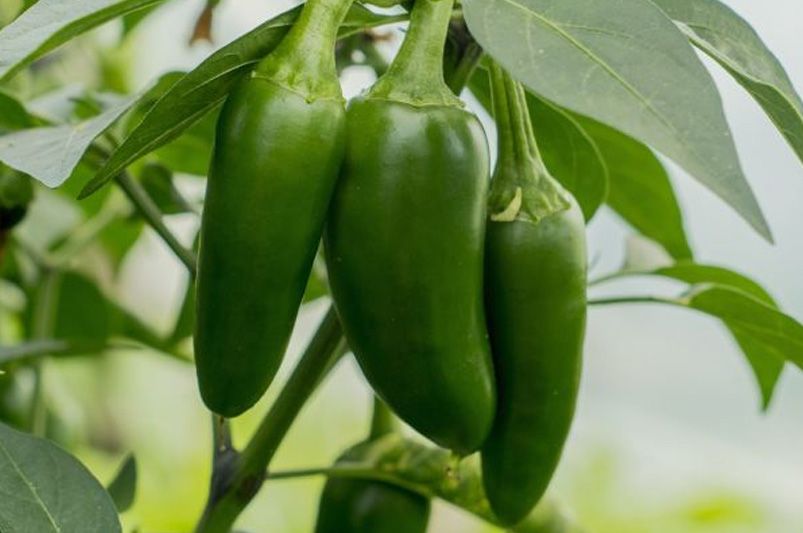
Chile Pepper Early Jalapeño
Early Jalapeños are great for gardeners who want some spice but also easy growing conditions. These hot peppers need a long growing season. They do best in warm weather when the soil temperature is around 65°F. Timing is key for good growth.
Prepare the soil by adding compost for nutrition. Keep the soil moist to help them handle the heat. Choose a spot with full sun so the peppers can get enough light to help with fruit production.
In colder months, plant jalapeño seeds indoors on heat mats to keep the soil warm. Carefully transplant the seedlings after the last frost date. With care and a sturdy pair of scissors for harvest, they will grow into strong producers of spicy peppers.
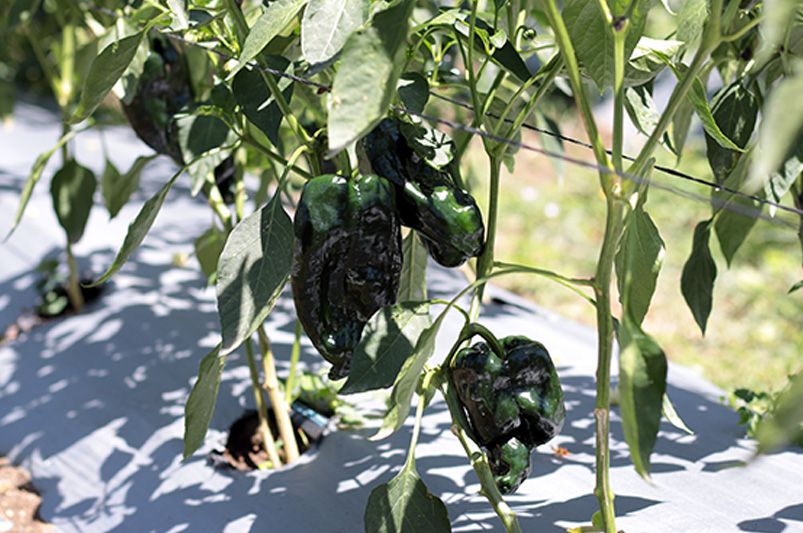
Chile Pepper Poblano
The Poblano pepper is loved by sweet pepper fans for its mild taste and many uses. These plants do well in warm weather and need rich organic matter to grow and produce fruit.
To grow Poblanos well, pick a sunny spot in your garden space. Make sure the soil drains well. Use organic fertilizer to boost the nutrients and keep the soil healthy during the growing season.
Warm weather is important for Poblanos, but too much heat can cause problems. On very hot days, cover the plants with shade cloth to stop flower drop. When you give them plenty of room for their roots to grow, you'll enjoy a good harvest that fits many recipes.
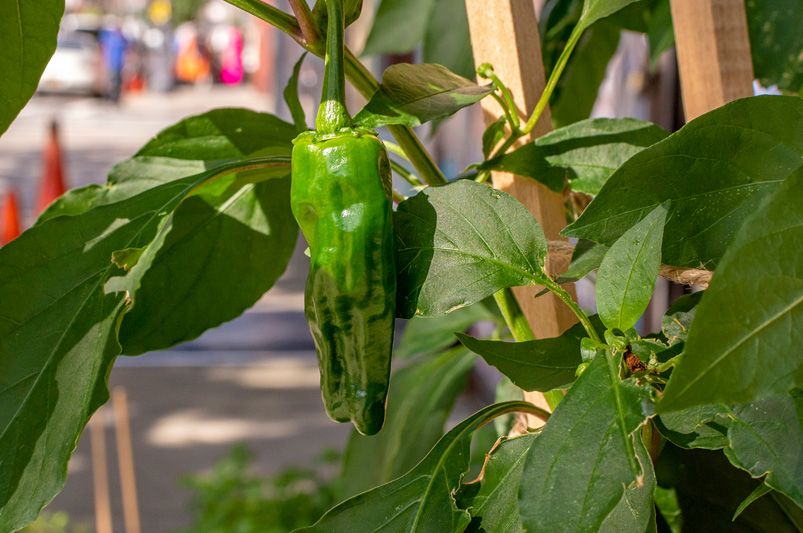
Chile Pepper Shishito
Shishito peppers are known for their mild heat and great flavor. They are perfect for small gardens and patio containers. These peppers love full sun, needing at least six hours of sunlight each day.
When starting seeds indoors during colder months, you can use a heat mat to help them grow. Once the temperatures get stable, you can transplant the seedlings into garden beds. Be sure to space them properly to allow good airflow.
Shishitos do best in soil rich in organic matter that stays warm. Their small size makes them ideal for limited gardening spaces. Cutting back the lower leaves helps increase their production, so these plants can give you tasty peppers all season long.
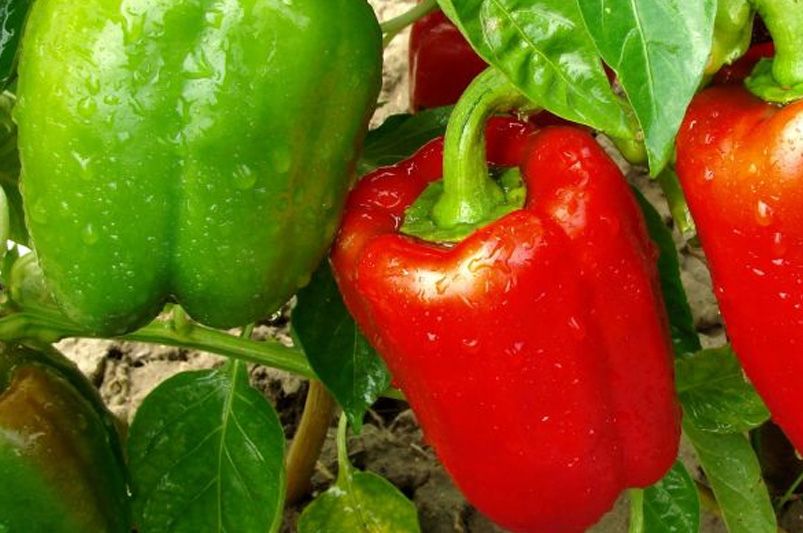
Chile Pepper Touchdown
The strong Chile Pepper Touchdown is loved by gardeners because it has a tough root system and can adapt well. These peppers grow best in raised beds with rich and well-draining soil.
Start planting after the last frost date when the weather is more stable. Adding a two-inch layer of compost around the base of the plant will feed its roots and improve the soil texture.
Warm weather helps Touchdown peppers grow well, but it's important to keep an eye on soil temperature and moisture. Using drip irrigation helps keep the peppers hydrated without harming the root ball. Gardeners can expect a good harvest even in tough conditions.
Preparing to Grow Your Peppers
Successful pepper growing starts with good planning and preparation. This step is important for a positive gardening experience. You should choose high-quality seeds or seedlings that are suitable for your area’s conditions.
Make sure to prepare the garden space by adding lots of organic matter to the soil and checking the pH levels. Use tools like heat mats for seeds and raised beds for older plants. These will help peppers get the strong start they need to grow well.
Essential Tools and Supplies for Starting
Equipping your pepper plants with the right tools can help them grow well.
-
Drip irrigation systems: They keep the soil moisture steady.
-
Plastic bags: These help retain warmth during germination.
-
A pair of scissors: They are important for careful harvesting.
You should invest in supplies like compost for better nourishment and companion plants to keep pests away. Heat mats help speed up germination and protect delicate seedlings.
Make a watering schedule that balances giving enough water and avoids overwatering. By preparing well and using good practices, you can ensure your pepper plants are strong.
Choosing the Right Soil and Amendments
Good soil is essential for healthy pepper plants. Choose sandy loam because it helps with draining excess water while keeping nutrients.
Do a soil test to check the pH and nutrient levels. Add organic fertilizer to give your soil the nutrition it needs. Using compost can help hold water and improve the richness of the soil.
Keep an eye on the moisture at the soil surface and make sure it doesn’t get too wet. Great soil creates ideal conditions for peppers, helping them to grow fruit for a long time in raised beds or containers.
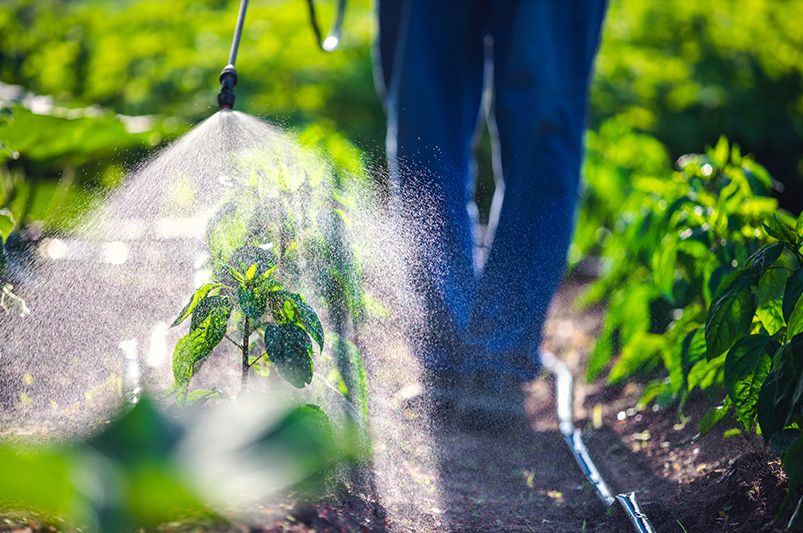
Step-by-Step Guide to Growing Peppers
From choosing the right place to careful monitoring, every step helps grow healthy pepper plants.
Give them full sun, keep the soil temperature just right, and stick to a watering schedule for green peppers, sweet peppers, and hot peppers. With good care, you’ll have many pepper fruits to enjoy during the growing season.
Step 1: Site Selection and Setup
Pick a sunny spot in your garden where the peppers can soak up full sun. Make sure this space is good for their growth.
Get the soil ready by adding compost for nutrients and checking how well it drains. Using raised beds helps roots grow better and keeps them safe from too much water.
Place the plants with enough space in between. This helps air flow, which stops diseases and supports healthy growth.
Step 2: Planting Your Pepper Seeds or Seedlings
Start with good pepper seeds or seedlings that fit your climate. If you are starting from seeds, keep the soil temperature above 65°F using a heat mat.
Make a planting hole that is twice as wide as the root ball. Make sure it is the right depth for stability. Add compost to the soil and water it well after placing the plants.
Warm weather is very important. Plant only after the frost threat is gone. Transplanting correctly helps your peppers have long-term success in raised beds or vegetable gardens.
Step 3: Daily Care Routines
Taking care of your pepper plants every day helps them grow well. Check the soil moisture regularly and make sure it isn't too wet.
Set up a watering routine based on the weather. Use drip irrigation systems to water the base of your plants. This way, you keep the leaves dry.
Look for pests or diseases often, and trim the lower leaves to improve air flow. Healthy plants give gardeners lots of fruit over time.
Step 4: Monitoring Growth and Health
Keep an eye on your pepper plants. Watch their fruit production closely. When green peppers turn red, they are ripe.
To protect your peppers from the threat of frost, cover them on cold nights. If you see any damaged peppers, remove them quickly to keep the plants healthy.
Check your plants regularly to spot any nutrient deficiencies or pest damage early. This way, your plants will stay strong all season long.
Pest Management and Organic Solutions
Taking care of pepper pests the right way helps keep your plants healthy and ensures good fruit production. Common pests, like aphids, spider mites, and hornworms, can damage your peppers if you don't treat them.
Using natural methods, such as planting certain plants together and using compost, helps manage pests better. Preventing problems can also be done by trimming lower leaves and keeping your garden clean.
Common Pests in Pepper Plants
Many pests can harm pepper fruit production. This includes aphids and spider mites. Bell peppers often deal with these issues during the warmer months.
You can use organic solutions like neem oil and insecticidal soaps. These products protect plants without causing harm. Bringing in natural predators like ladybugs is helpful. You can also cover seedlings with mesh at first.
Check your plants often for groups of pests on the lower leaves. It is important to act quickly to reduce damage.
Organic Remedies and Preventative Measures
To stop pests, keep your soil well-draining and full of organic matter. You can plant companion plants like marigolds or basil. They can keep aphids away and bring in helpful insects.
Make sure to clean up debris in your garden beds regularly. This will help decrease places where pests can live. Also, trim off any damaged leaves from affected plants.
In New Mexico’s hot weather, use shade cloth for your plants during the hottest parts of the day. This helps prevent damage to the leaves. Taking care of your soil and plant leaves in this way will strengthen their natural defenses.
Conclusion
In conclusion, growing peppers is fun and rewarding for home gardeners. By learning about different types, setting up your garden with the right tools and soil, and following our easy care guide, you can have a successful pepper garden. Keep an eye on your plants and use organic pest control to keep them healthy. This will help you have a great harvest. So, get to work, start digging, and enjoy the tasty flavors of homegrown peppers! Don’t forget to share your gardening journey on social media to inspire others to join in the fun! Happy gardening!
Frequently Asked Questions
How often should peppers be watered?
Water your peppers deeply once a week. This helps the soil moisture reach the root ball. When it is very hot, change your watering routine to give them more water. Drip irrigation systems are great because they provide water directly at the roots and reduce the risk of fungal diseases.
Can I grow peppers in pots?
Yes, peppers grow well in pots made for container gardening. Make sure your pots have plenty of room for the root system. They should create an ideal environment similar to a raised bed. Put the container in a garden space that gets full sun. Keep the soil moist but not too wet.
Looking to incorporate a vegetable garden into your landscape design?
At ShrubHub, we make it easy to blend beauty and function by seamlessly integrating a thriving vegetable garden into your outdoor space. Whether you want a dedicated garden bed, raised planters, or edible plants woven throughout your landscape, our expert designers can create a custom plan that fits your style, space, and lifestyle. From selecting the best veggies for your climate to designing layouts that maximize both yield and curb appeal, we're here to help you grow a garden that's as practical as it is beautiful. Let's bring your edible landscape vision to life!


